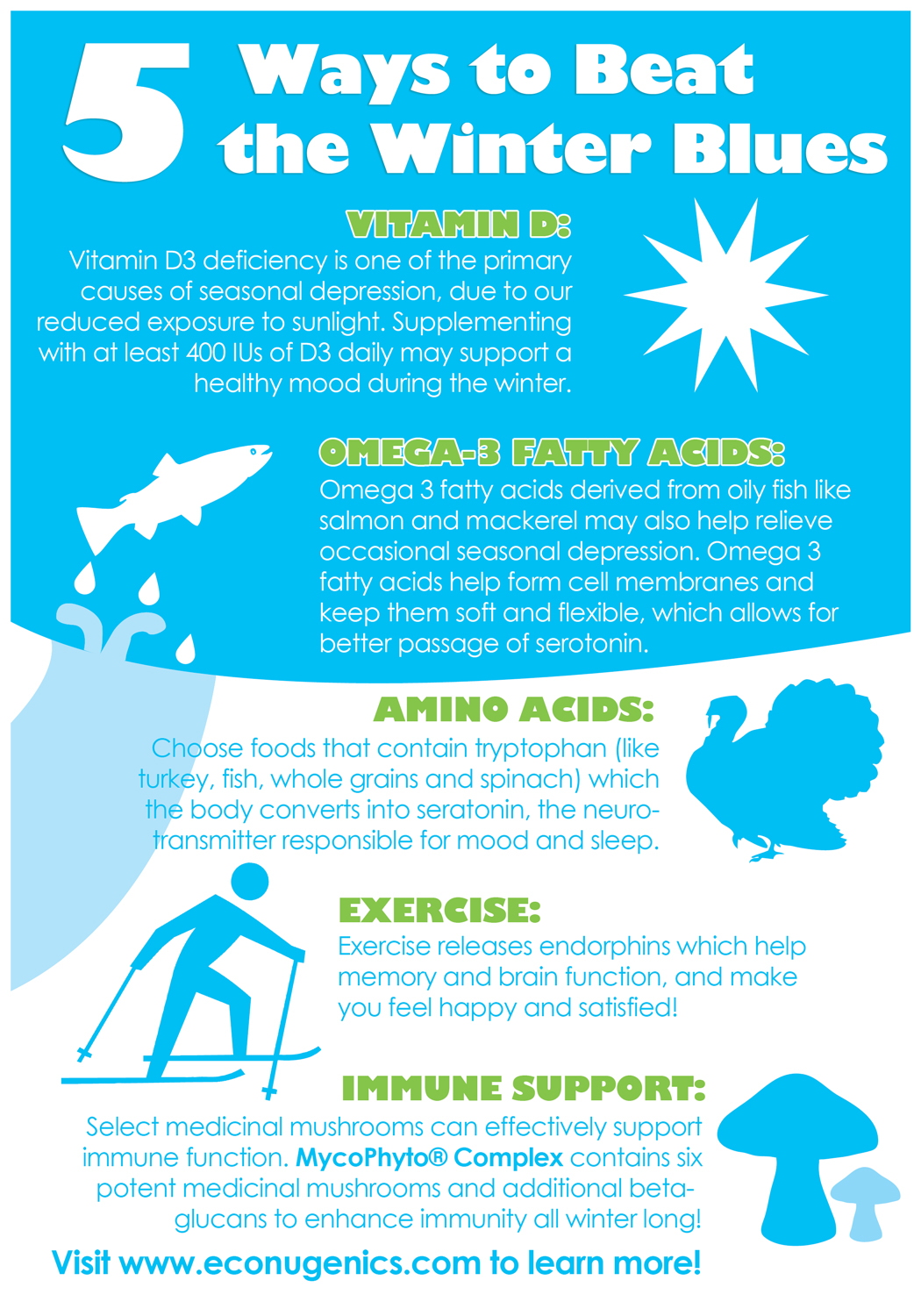The first few weeks of January are often perceived as a challenging time for the workforce from a mental wellbeing perspective. Here, SHP revisits its guide to helping beat the mid-winter blues.
 It is the new year and while some will rejoice and create a list of resolutions, it can also be a difficult period for those with a mental health issue, and those whose wellbeing in the workplace is challenged.
It is the new year and while some will rejoice and create a list of resolutions, it can also be a difficult period for those with a mental health issue, and those whose wellbeing in the workplace is challenged.
The last two years have had a huge impact on people’s mental health, as they have had to cope with various restrictions and guidelines that are in place due to the coronavirus pandemic, as well as having to adapt to new ways of working and doing business. Whilst not battling bad weather and leaving the house on cold, dark mornings to commute to work can have its benefits, the shorter days can lead to increased loneliness for those that are working at home and are cut off from friends, colleagues and family.
With home working being so integral to the way many people now carry out their jobs, SHP has continued to update its home working advice guide, to provide research, case studies, videos and resources to enable you to work remotely in a way which safeguards the wellbeing of your teams and maximises the opportunity to embrace new ways of working for the future.
The page provides:
- Tips for home working;
- How to protect your mental health when working from home;
- Tips to avoid burnout;
- How to combat negative the health effects of social isolation;
- Advice on working from home with kids;
- Useful links and resources.
Click here to access SHP’s home working guide.
Blue Monday
The day which is the major focus in January is the so-called ‘Blue Monday’ – the third Monday in January. Although there is no scientific evidence this is a worse day of the year for mental health, it has become a standard by which to look at the broader picture of mid-winter wellbeing.
Despite a lack of firm scientific evidence, there is some empirical research that suggests January is a particularly difficult time for workers.
Sick leave
One study, by consultancy Mercer, claims that sick leave is at its highest rate in January – more than a third of all sick days are taken in this month, according to its research. Additionally, Monday is the most common day for sickness.
Also, the government’s official data provider, the Office for National Statistics, reveals that in excess of 130 million days are lost to sickness each year – and recently stress has become the biggest workplace sickness issue.
The issues for workers are three-fold, according to the man behind the Blue Monday concept, Dr Cliff Arnall, who created it during his time at Cardiff University: debt levels, weather and the associated seasonal affective disorder (SAD), and a failure to keep to new year’s resolutions or lifestyle issues.
What do employees want?
According to one study, employees want health insurance and a company car – but these are not in the top three employer offers, which are pensions, free parking, and flexible working. Offering these incentives would clearly have a positive impact.
Additionally, it may be worth considering what other issues may assist a worker. For example, creating goal-setting and career related incentives as well as awards and prizes for achievements can have a positive impact on the health of workers.
Also, assess the workplace and the physical demands of the role – make sure that workers are regularly consulted.
Seasonal Affective Disorder
Office managers can do much to impact the negative effects of SAD when workers return from the Christmas break as well.
The workforce is one of a business’ most important assets and, generally, happy and comfortable employees make for a successful company. While many are currently working from home, key workers are still having to go in and travelling to work and leaving in the dark can often have a negative effect on workers’ wellbeing. According to the Seasonal Affective Disorder Association, around 21 per cent of people will notice a change in mood and attitude over winter with a further 8 per cent of people needing treatment.
There is an association for SAD, which can be viewed here. And you can take its test to see if you suffer from the disorder.
Healthy living
Here is a useful infographic from the econugeneics blog to illustrate ways in which to beat the winter blues from a health perspective.

Burnout Podcast
Heather Beach is joined by Stacy Thomson to discuss burnout, perfectionism and how to deal with burnout as an individual, as management and as an organisation.
Subscribe and tune in the Safety & Health Podcast to discover the latest issues facing the health and safety profession, and stay on-top of the developments affecting your role, from working at height, lone working and common workplace hazards, to safety culture, behaviours, occupational health and mental health and wellbeing.
Join the conversation today!
The Safety Conversation Podcast: Listen now!
The Safety Conversation with SHP (previously the Safety and Health Podcast) aims to bring you the latest news, insights and legislation updates in the form of interviews, discussions and panel debates from leading figures within the profession.
Find us on Apple Podcasts, Spotify and Google Podcasts, subscribe and join the conversation today!

 It is the new year and while some will rejoice and create a list of resolutions, it can also be a difficult period for those with a mental health issue, and those whose wellbeing in the workplace is challenged.
It is the new year and while some will rejoice and create a list of resolutions, it can also be a difficult period for those with a mental health issue, and those whose wellbeing in the workplace is challenged.



